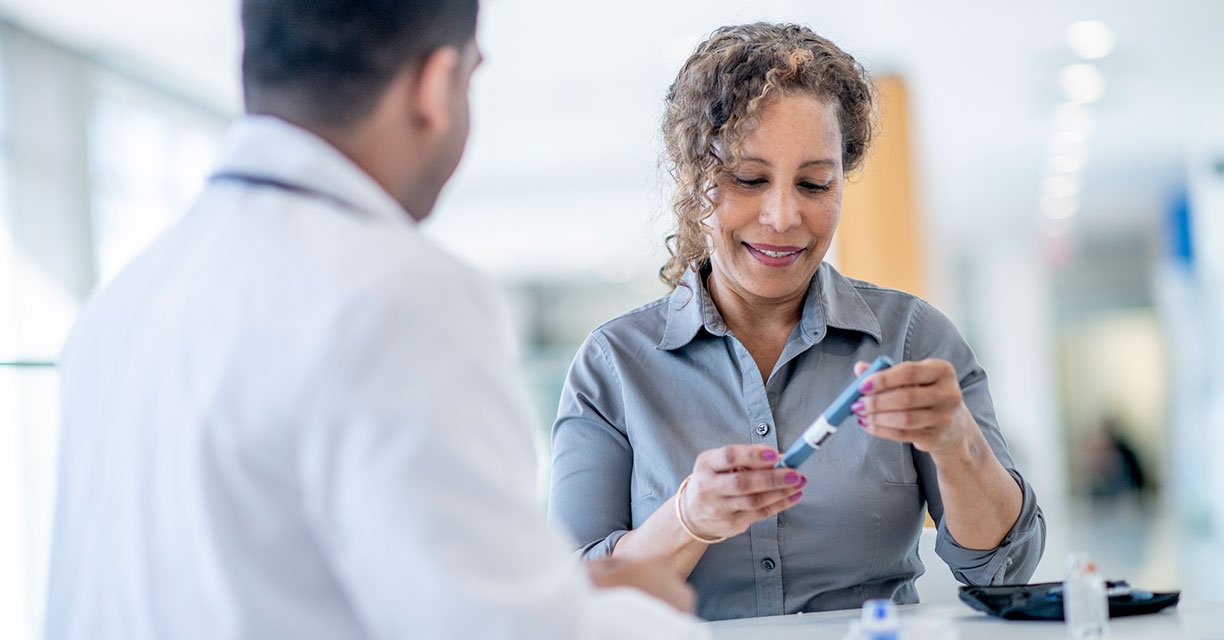Headline
Well-designed bidirectional community and referral pathways may help bridge the community-clinic divide.
Context
Although health and social needs are interrelated, health clinics and community-based organizations (CBO) tend to operate in isolation from one another. Bi-directional communication and referral pathways are one way to more meaningfully improve collaboration between these sectors and increase patient engagement in evidence-based health promotion services and activities. Clinicians are increasingly interested in referring patients with health-related social needs to CBOs that can offer a range of services to address those needs, and CBOs are positioned to provide these services as well as refer people with unmet health needs to clinical care. This study describes an innovative planning project on bi-directional communication and referral pathways at The Wellness Center, a CBO that is located on the campus of the Los Angeles County+USC Medical Center (LAC+USC).
Findings
The Wellness Center has 6,000 new client visits annually, which represents only a small portion of the primary care LAC+USC patients who may benefit from these services. The planning team first inventoried existing referral pathways and infrastructure and decided to refine two existing electronic pathways. The discovery process included data analysis, fact-finding interviews with pathway users, and clinician surveys. This research revealed that electronic referrals were not being used as frequently as thought, electronic referrals were efficient but lacking in robust navigator follow-up, and clinicians overly relied on paper or verbal referrals because these worked seamlessly into patient visits. The team next developed system maps to highlight where improvements could be targeted and drafted a new, standardized protocol for each pathway.
Takeaways
Bi-directional communication and referral pathways can be a cost-effective mechanism to optimize the flow of patients into CBOs to address health-related social needs as well as direct people with unmet health needs identified within CBOs into clinical care. Designing bi-directional communication and referral pathways can be time-consuming and may require work done in incremental stages to ensure success.



